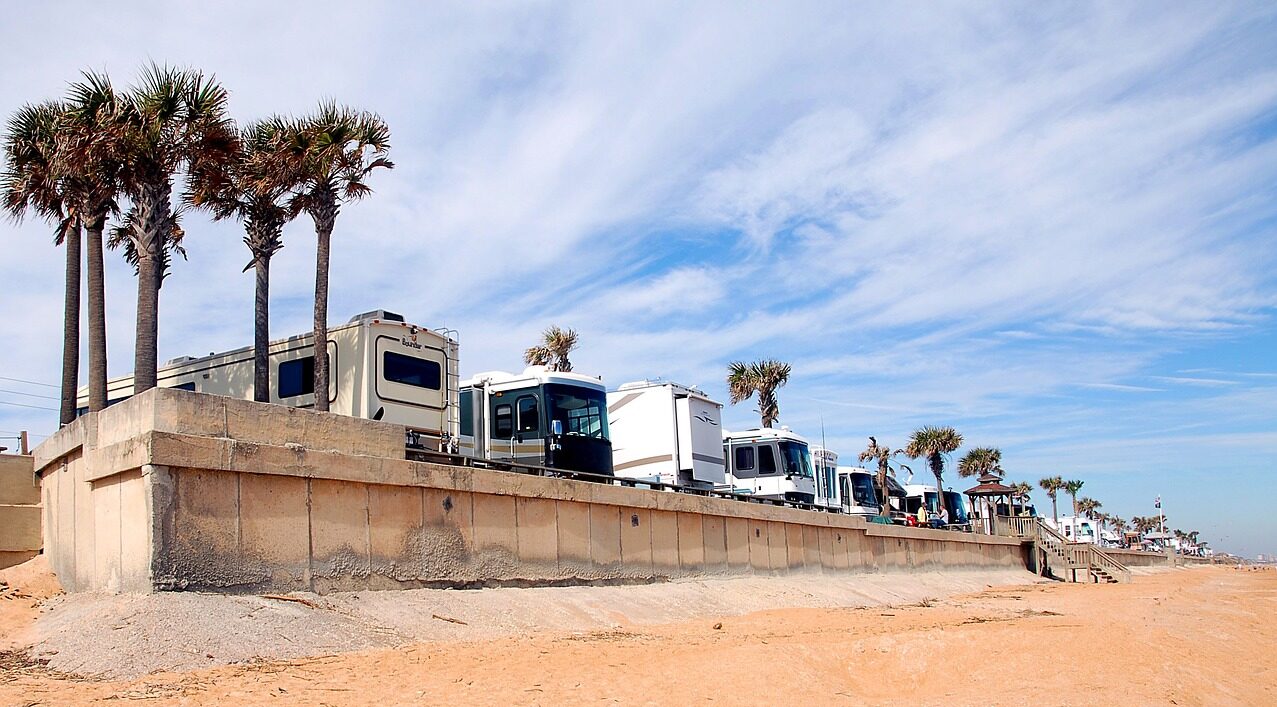Recently I did a video on the upcoming price changes to Starlink, and the loss of the “portability” option for residential users. Well now there’s another big change — Starlink RV is changing its name, raising prices (again), and offering customers two levels of options.
Going forward, Starlink RV will be called “Roam,” a change SpaceX CEO Elon Musk hinted at months ago since you don’t need an RV in order to use the service. In addition to the name change, Roam also comes with a new monthly price of $150 for regional service in the U.S., or $200 a month for a global plan.
Under Starlink RV there was one plan priced at $125 a month which was good in the US and featured unlimited data. You could also travel to Canada or Mexico for up to 2 months according to the terms of service. Likewise, for folks who bought Starlink in Canada or Mexico, you could travel to another North American country for up to two months. But that limit was never enforced, so Canadian snowbirds, for instance, had no issues heading down into the southern US for the winter.
Well, that’s all about to change, and we anticipate the new 2-month limit will be enforced thanks to the announcement of a “global” option. Featuring unlimited roaming, global will cost $200 a month and can be used anywhere in the world where Starlink is currently available, and that’s not everywhere by any means yet.
A few other differences – Regional plans are geo-fenced to work on land within the same continent as the registered Shipping Address, while the Global plans work on land anywhere there is active service coverage. The terms of service have been updated to specifically say land — so that may mean you’ll need the very expensive maritime service at sea.
There are some weird anomalies in the pricing, too. Starlink Global is available in Mexico for the equivalent of $258 US dollars, $58 more than it costs in the USA, But the regional roam plan in Mexico is only $75, half the price of what people pay in the States.
The Starlink Roam plans will still provide Best Effort service – meaning residential customers have priority over you. There can be slower speeds on occasion, rarely unusable, but often noticeably slow in the evenings, especially in a busy area. That deprioritization may get worse as more customers come on board, or better as more satellites are launched. Only time will tell.
The standard Starlink dish is still the primary option on the Roam plan, and it does not work in motion, or at least it isn’t supposed to work, but in reality, it kind of does, however, it is incredibly hard to mount. The high-performance “in-motion” dish works on both Roam plans and is twice the size, twice the power, and twice the performance, at about four times the cost.
A few other facts regarding Roam’s residential and global plans – both versions can be paused — so you only have to pay for the months you intend to use the service. However, you do have to purchase a separate dish if you plan to use Starlink at home. Of course, you could just buy the Roam version for home, but you’d be paying more per month, and it will be deprioritized.
Will this be the end of major Starlink changes in 2023? Probably not, but like all things Starlink – only time will tell.
If you have Starlink, I’d love to know what your experience has been and if this price change will impact how you use the service. Let me know in the comments below.
This post may contain affiliate links. Affiliate links are for brands and items we trust, and believe you may find value in. Affiliate links cost you nothing extra while providing a small kickback to RV Miles. Thank you for your support.







